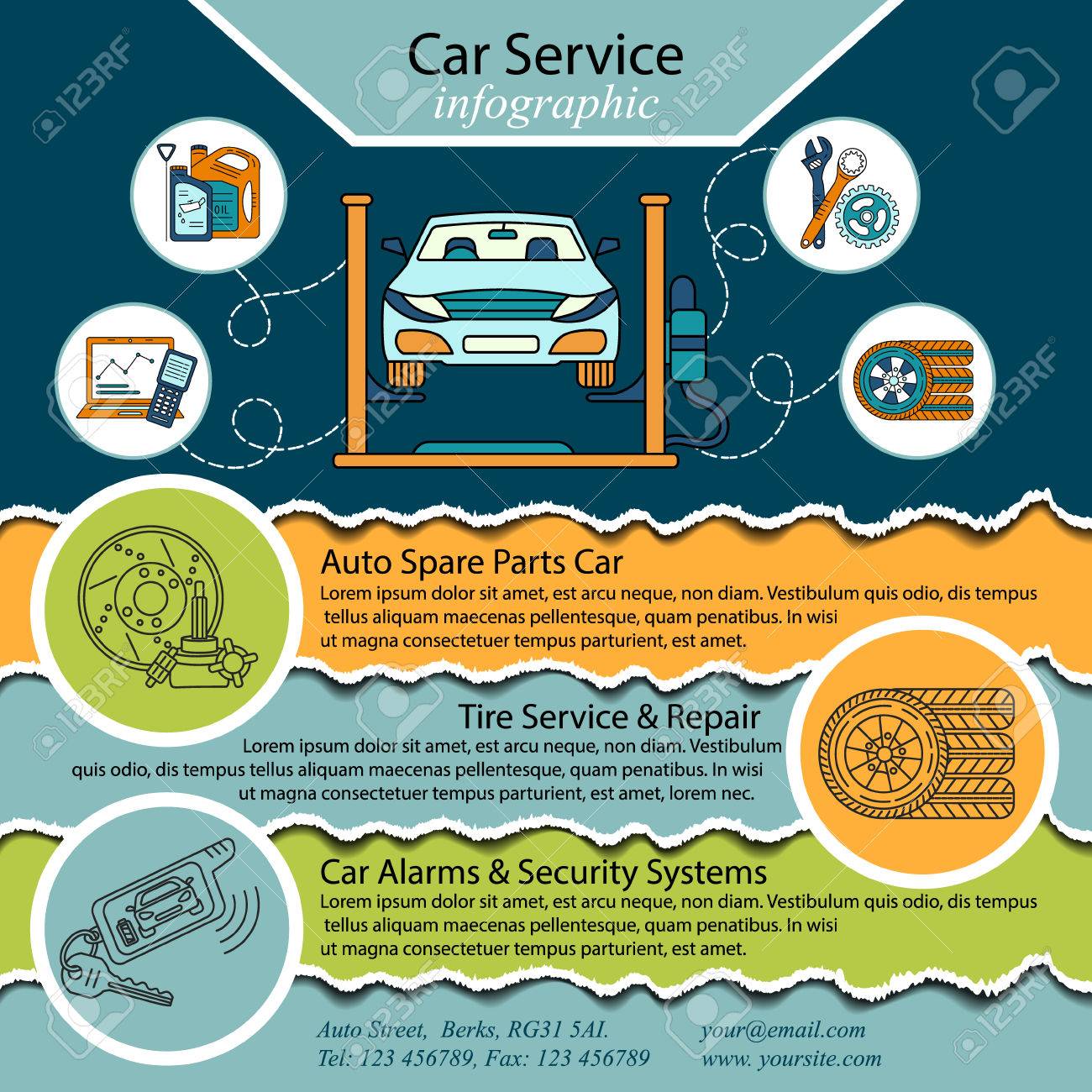Intrigued In Comprehending The Caution Lights On Your Auto'S Dashboard? Discover Their Relevance For Your Car'S Security And General Condition
Intrigued In Comprehending The Caution Lights On Your Auto'S Dashboard? Discover Their Relevance For Your Car'S Security And General Condition
Blog Article
Author-Sykes Winters
When you're behind the wheel, those radiant caution lights on your dashboard can be a little bit perplexing. Do you understand what they're trying to inform you about your automobile's health and wellness? Recognizing the importance of these lights is important for your safety and the longevity of your lorry. So, the following time one of those lights pops up, wouldn't you want to decode its message precisely and take the required steps to address it?
Common Caution Lights and Interpretations
Identify common caution lights in your automobile and understand their definitions to guarantee risk-free driving.
One of the most regular warning lights consist of the check engine light, which signifies problems with the engine or exhausts system. If this light begins, it's essential to have your lorry examined without delay.
The oil stress cautioning light indicates low oil pressure, calling for prompt interest to avoid engine damage.
A blinking battery light could suggest a malfunctioning charging system, possibly leaving you stranded otherwise attended to.
The tire pressure tracking system (TPMS) light informs you to reduced tire stress, impacting lorry stability and gas effectiveness. Overlooking this can lead to unsafe driving conditions.
The abdominal muscle light suggests a problem with the anti-lock braking system, endangering your capacity to quit swiftly in emergency situations.
Finally, the coolant temperature level alerting light warns of engine overheating, which can lead to severe damages otherwise solved swiftly.
Comprehending these typical caution lights will aid you address concerns quickly and keep risk-free driving problems.
Significance of Prompt Attention
Understanding the typical caution lights in your car is just the first step; the significance of without delay dealing with these warnings can not be highlighted sufficient to guarantee your safety and security on the road.
When https://hectorwqkfz.dailyblogzz.com/32640818/astonishingly-practical-mobile-automobile-outlining-services-not-just-conserve-you-money-and-time-but-additionally-improve-your-car-s-longevity-find-exactly-how-they-can-transform-your-routine brightens on your control panel, it's your car's method of communicating a potential concern that requires focus. Ignoring these warnings can cause much more extreme troubles down the road, compromising your security and potentially costing you a lot more in repairs.
Prompt attention to cautioning lights can stop break downs and accidents. For example, a blinking check engine light could suggest a misfire that, if left unattended, could cause damages to the catalytic converter. Resolving https://www.fox19.com/2022/06/22/police-woman-paid-thief-30-steal-her-own-car-cincinnati-auto-shop/ can save you from an expensive repair work.
Likewise, a brake system warning light may signal low brake liquid or used brake pads, critical elements for your safety and security when driving.
DIY Troubleshooting Tips
If you discover a caution light on your control panel, there are a couple of DIY troubleshooting ideas you can try prior to seeking specialist aid.
The very first step is to consult your vehicle's handbook to understand what the particular caution light suggests. In some cases the issue can be as simple as a loose gas cap activating the check engine light. Tightening the gas cap might solve the problem.
Another common concern is a reduced battery, which can cause different warning lights. Examining the battery connections for rust and guaranteeing they're safe might deal with the problem.
If a caution light persists, you can try resetting it by disconnecting the cars and truck's battery for a couple of minutes and afterwards reconnecting it. Furthermore, examining your lorry's fluid degrees, such as oil, coolant, and brake liquid, can help troubleshoot cautioning lights connected to these systems.
Conclusion
To conclude, understanding your automobile's warning lights is necessary for keeping your lorry running efficiently and safely. By quickly attending to these notifies and knowing what they indicate, you can prevent expensive repairs and prospective malfunctions.
Remember to consult your car's guidebook for particular information on each advising light and act as necessary to guarantee a hassle-free driving experience.
Keep informed, stay secure on the road!
